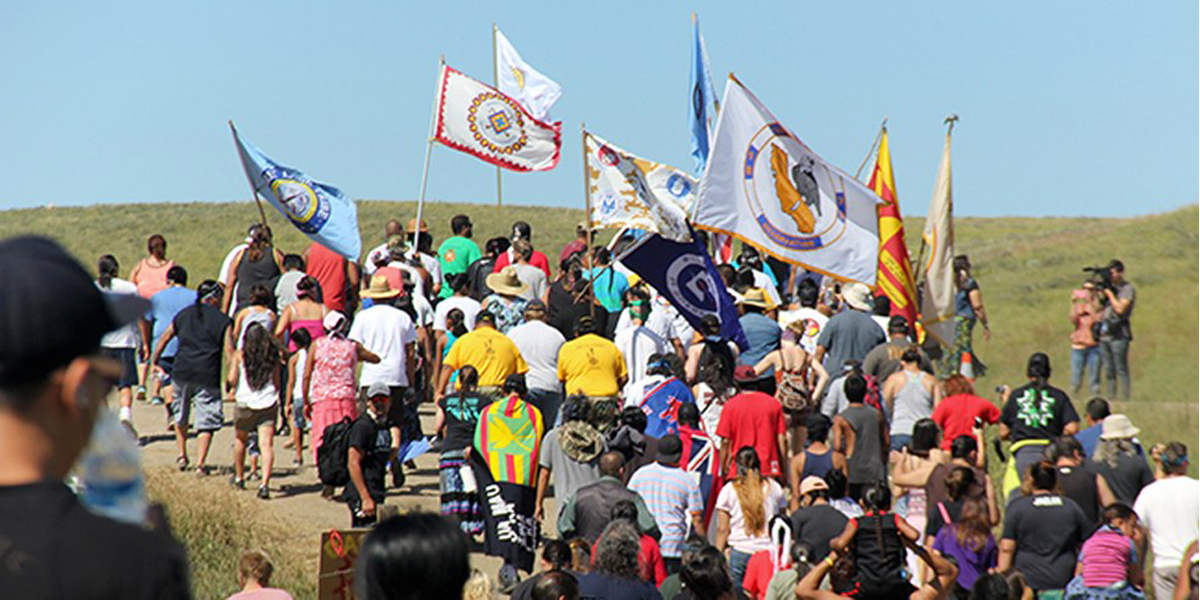

By Desiree Kane
I arrived at Standing Rock in the very last days of May, alongside some comrades, at the request of Wiyaka Eagleman, the first firekeeper at Camp of the Sacred Stones and a founding member of the Keystone XL campaign. He had put out a call to folks in Indian Country for support and I answered. Over the months, I have worked on the security and media teams and always had my camera.
These images show some of the defining moments of the past seven months—some that made it to mainstream media coverage and others unseen until now. Among the ever-growing lessons this place has taught me is what it means to simultaneously build and tear down. The life we have built here has taught many how to live a large-scale sustainable, decolonized, anti-capitalist lifestyle that until now academics, sociologists, theoreticians and greenies alike have only been able to hypothesize. I live full time in a yurt at Oceti Sakowin Camp.
At its peak, Oceti Sakowin Camp has supported as many as 11,000 people, all focused on standing in solidarity with the Lakota, Dakota, and Nakota people who lay claim to land through the 1851 Treaty of Fort Laramie. Both the pipeline and the camps are on these lands.
Reposted with permission from our media associate YES! Magazine.

 233k
233k  41k
41k  Subscribe
Subscribe 